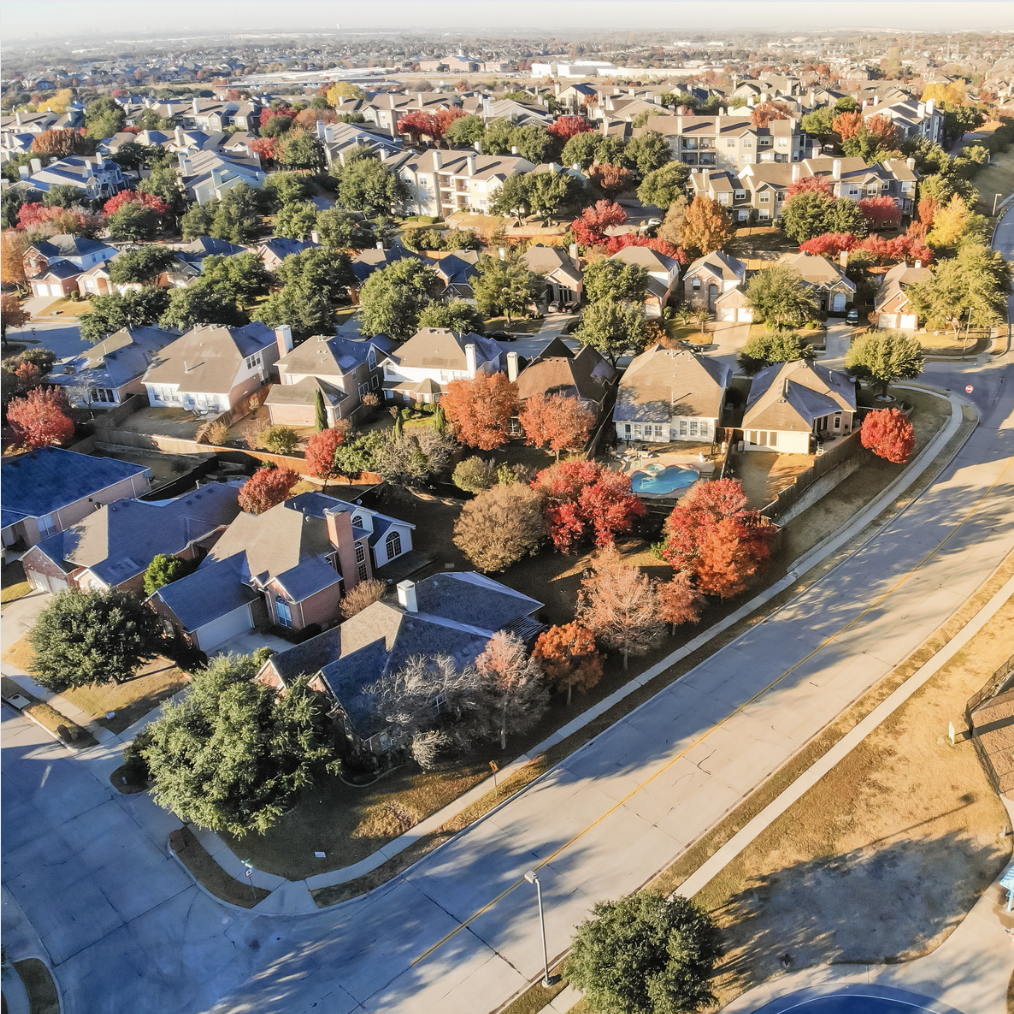What is Urban Sprawl?
Urban sprawl is a term used to describe the spread of urban areas into surrounding rural areas. It’s a phenomenon that has been on the rise and has a wide range of negative consequences for our environment. Understandably, many people seek suburban living as a way of being closer to nature, making it important to inform these communities of ways to mitigate their impact on the environment.
Causes of Urban Sprawl
Urban sprawl is often driven by population growth, which creates a demand for more housing, infrastructure, and services. In addition, a desire for larger homes, more land, and more privacy has contributed to the expansion of urban areas. The availability of cheap land on the outskirts of cities and towns has also led to an increase of development within suburban communities.
Consequences of Urban Sprawl
Urban sprawl has a number of negative consequences for our endangered environment. As urban areas expand, they often encroach on farmland, forests, wetlands, and other natural areas, leading to habitat loss and fragmentation, which can have a negative impact on biodiversity and the health of local ecosystems. This can cause an increase in populations of different species due to the lack of natural predators. As is the case with deer, which in turn leads to a rise in deer ticks and the spread of diseases such as Lyme disease.
Urban sprawl also increases pollution; as people move farther away from urban centers, they are more likely to rely on cars for transportation, which contributes to air pollution. In addition, the construction of new housing developments and infrastructure can disrupt natural water systems and lead to increased water pollution.
Possible Actions to Mitigate the Harm of Urban Sprawl
There are a number of actions that individuals and communities can take to mitigate the harm caused by urban sprawl. Individuals can choose to live in more compact and walkable communities, such as urban neighborhoods or mixed-use developments. This can reduce the need for cars and encourage more physical activity. Of course, this isn’t a feasible option for many people, but there are still ways to mitigate the harm of urban sprawl.
For instance, communities can work to preserve natural habitats and open spaces through land-use planning and conservation efforts. This can help to protect local ecosystems and preserve biodiversity.
Raising awareness about the effects of using pesticides or fertilizer on local water reserves can aid in ensuring a safer environment.
Communities can invest in public transportation infrastructure, such as buses and trains, to provide residents with alternative modes of transportation. This can reduce the reliance on cars and help to reduce air pollution.
Finally, individuals can advocate for policies and regulations that encourage more sustainable development practices. This can include things like green building standards, energy-efficient housing and clean energy systems, and the use of renewable energy sources.
Urban sprawl is a complex and multifaceted issue that has a wide range of negative consequences. However, there are a number of actions that individuals and communities can take to mitigate the harm it causes. By choosing to live in more compact and walkable communities, preserving natural habitats and open spaces, investing in public transportation infrastructure, and advocating for green development practices, we can work to create more sustainable and healthy communities for ourselves and future generations.

